How to fill the air conditioner at home with your own hands?

Air conditioner has long ceased to be something unusual for many and has become a tool without which it is difficult to live. In winter, they can quickly and easily heat a room, and in summer, they can make the atmosphere in it cool and comfortable. But the air conditioner, like any other technique, uses certain materials, which are also called consumables. That is, the point is that their stocks need to be replenished from time to time. And one of them is freon, which plays an important role in cooling the air masses that enter the room.
Let's try to figure out how and what to fill the air conditioner with so that it performs its functions as long as possible, and when it is time to change it.

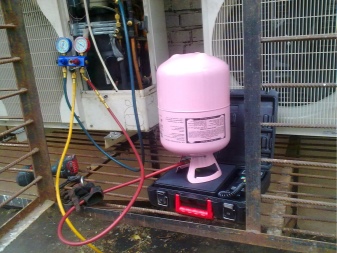
How to refuel?
Like refrigeration equipment, air conditioners are charged with a certain gas. But unlike them, a special freon created specifically for split systems is used here. Usually, the following types of freon are poured in to replenish stocks.
- R-22. This type has a good cooling efficiency, which makes it a more preferable solution than its counterparts. When using this type of substance, the consumption of electrical energy by climatic technology increases, but the device will also cool the room faster. The analogue of the mentioned freon can be R407c. Among the disadvantages of these categories of freon, the presence of chlorine in their composition can be noted.


- R-134a - an analogue that appeared on the market relatively recently. It does not harm the environment, does not contain various kinds of impurities and has a fairly high cooling efficiency. But the price of this category of freon is high, which is why it is used quite infrequently. Most often this is done for refueling cars.
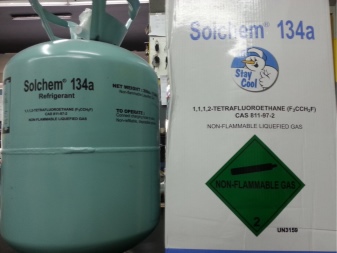

- R-410A - freon, safe for the ozone layer. Recently, more and more often it is poured into air conditioners.
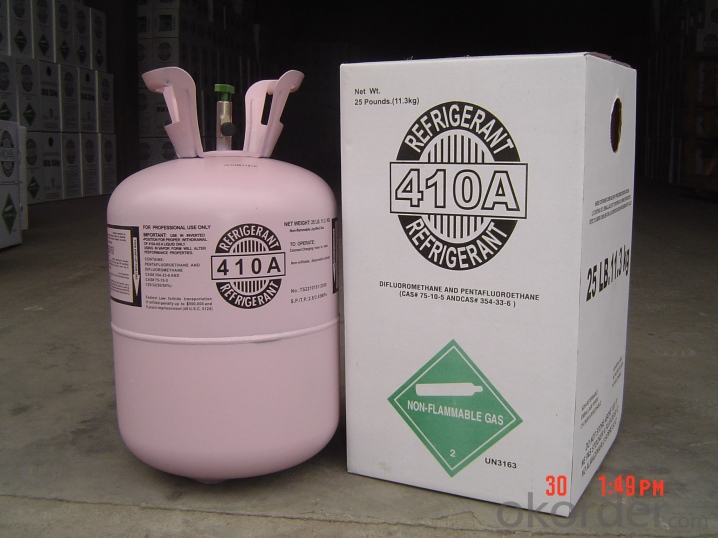
It should be said that there is no definite answer, which is the best refrigerant from the presented ones. R-22 is now actively used, although most manufacturers are switching to R-410A.
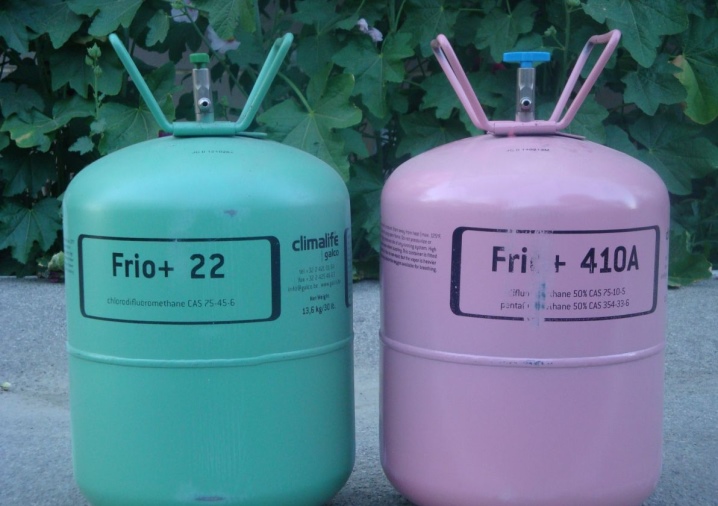
Methods
Before refueling a household home air conditioner, you yourself should know what methods and methods exist for refueling such equipment. We are talking about the following techniques.
- Using a sight glass... This option helps to study the state of the system. If a strong flow of bubbles appears, then it is necessary to refuel the conditioner. A sign that it is time to finish the work will be the disappearance of the flow of bubbles and the creation of a homogeneous liquid. To maintain pressure inside the system, fill it a little at a time.

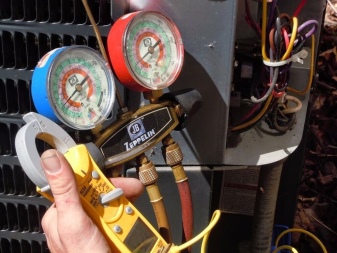
- With the use of dressing by weight. This method is very simple and does not require any additional strength or space. First, it is necessary to completely clear the system of refrigerant and carry out a vacuum type cleaning. After that, the refrigerant tank is weighed and its volume is checked. Then the bottle with freon is refilled.

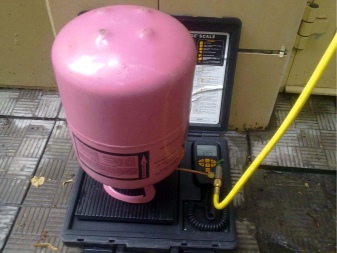
- By pressure. This refueling method can only be used if there is documentation containing the factory parameters of the equipment. The freon bottle is connected to the device using a manifold with a pressure gauge. Refueling is done in portions and gradually. After each time, the readings are checked against the information specified in the technical data sheet for the equipment. If the data match, then you can finish refueling.
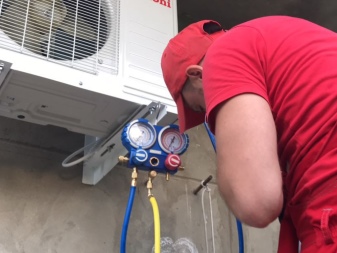

- Method for calculating cooling or overheating of an air conditioner. This method is considered the most difficult. Its essence is in calculating the ratio of the current temperature of the device to the indicator, which is mentioned in the technical documentation. Typically used by professionals only.

Preparatory stage
Before starting work, you need to check the mechanism and carefully study the theoretical component of the sequence of actions, in order to fill the air conditioner at home with your own hands turned out to be as easy and simple as possible. It is also necessary check the entire mechanism for deformations and places of refrigerant leaks.
Then it will not be superfluous study the step-by-step algorithm of this process, as well as prepare the necessary consumables for refueling and certain equipment. The type of freon required for each specific case can be found in the technical documentation for the model.
If it is not listed there, then R-410 freon can be used, although it will not fit every model and its price will be high. Then it will be better to consult with the seller of the device.
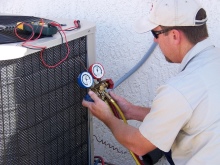
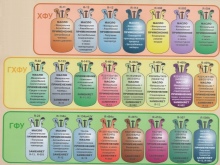
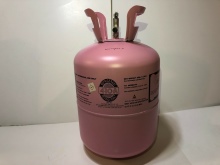
In addition, preparation for refilling the air conditioner consists of the following procedures.
- Search for the required equipment. To carry out work, you should have a vacuum-type pump at hand with a pressure gauge and a check-type valve. Its use will prevent oil from getting into the part containing freon. This equipment can be rented. It will be more profitable than calling a specialist. It is simply pointless to acquire it.
- Inspection of condenser and evaporator tubes for deformations and examination of the integrity of the freon tube.
- Inspection of the entire mechanism and check of connections for leaks. To do this, nitrogen is pumped into the system through a reducer with a pressure gauge. Its quantity is quite simple to determine - it will stop going into the tube when it is full. It is necessary to monitor the data of the pressure gauge to find out if the pressure is decreasing. If there are no signs of a fall, then there are no deformations and leaks, then for the stable operation of the equipment, only refueling is needed.
Then vacuum is carried out. Here you will need a vacuum pump and a manifold. The pump should be activated and at the moment when the arrow is at minimum, turn it off and turn off the tap. It should also be added that the collector cannot be disconnected from the device itself.
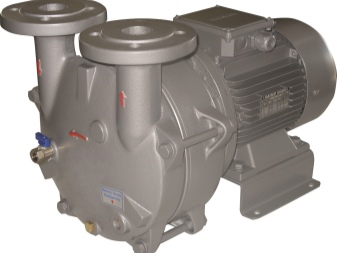

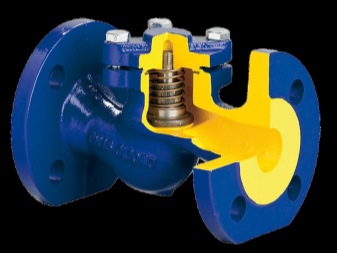
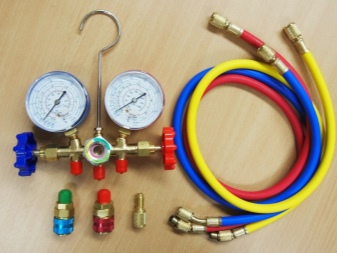
Process description
Now let's move on to the description of the refueling procedure itself.
- First you need to open a window and carry out an external inspection of the outer part. After that, on the side, you should find a casing where a pair of hoses goes.
- We unscrew the bolts holding the casing, and then dismantle it. One tube supplies the external block with freon in gaseous form, and the second one removes it from the outer part, but already in the form of a liquid.
- Now we drain the old freon either through the tube we unscrewed earlier, or through the spool of the service port. Freon should be drained carefully and extremely slowly, so as not to accidentally drain the oil along with it.
- Now we connect the blue hose from the gauge station to the spool. We see if the collector taps are closed. The yellow hose from the gauge station must be connected to the connection of the vacuum pump.
- We open the low pressure tap and check the readings.
- When the pressure on the pressure gauge drops to -1 bar, open the service port valves.
- The circuit should be evacuated for about 20 minutes. When the pressure drops to the mentioned value, you should wait another half an hour and watch if the pressure gauge needle rises to zero. If this happens, then the circuit is not sealed and there is a leak. It should be found and eliminated, otherwise the charged freon will leak out.
- If no leaks were found, half an hour after the evacuation, disconnect the yellow hose from the pump and connect it to the container with freon.
- Now we are closing the left manifold valve.Then we put the cylinder, inside which the gas is contained, on the scales and write down the mass at that moment.
- We turn off the tap on the cylinder. For a moment, open and close the right valve at the gauge station. This is necessary to blow through the hose so that air is completely blown out of it, and it does not end up in the circuit.
- It is required to open the blue tap at the station, and freon will enter the air conditioning circuit from the cylinder. The weight of the container will decrease accordingly. We follow until the indicator drops to the required level, until the required amount is in the circuit, how much is required to refuel a particular model. Then we close the blue tap.
- Now it is necessary to turn off 2 taps on the block, disconnect the station, and then check the device for operability.
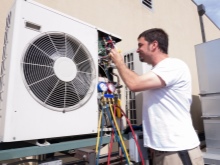
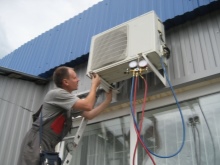
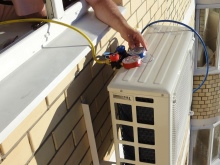
Precautionary measures
It should be said that subject to all safety rules when working with freon, it will not be dangerous at all. You can easily refuel the split system at home and not be afraid of anything if you follow a number of these standards. There are some points to keep in mind:
- if liquid gas gets on the skin of a person, it causes frostbite;
- if it enters the atmosphere, then the person runs the risk of getting gas poisoning;
- at a temperature of about 400 degrees, it decomposes into hydrogen chloride and phosgene;
- the brands of the mentioned gas, which contain chlorine, can cause irritation of the mucous membrane and have a detrimental effect on the human body as a whole.

In order to protect yourself during the work, you should do the following things.
- Wear fabric gloves and goggles for protection. Freon, if it gets into the eyes, can cause damage to vision.
- Do not work in an enclosed space. It must be ventilated and there must be access for fresh air.
- It is required to monitor the tightness of the cranes and the mechanism as a whole.
- If the substance nevertheless gets on the skin or mucous membrane, then this place should be immediately washed with water and lubricated with petroleum jelly.
- If a person has signs of suffocation or poisoning, then he should be taken outside and allowed to breathe air for up to 40 minutes, after which the symptoms will pass.
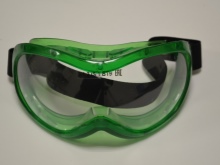


Refueling frequency
If the air conditioner is operating normally, and the integrity of the system is not violated, then there should be no freon leakage - that it is not enough, it will be possible to understand somewhere in a couple of years. If the system is damaged and there is a leak of this gas, then first it should be repaired, check the gas level and drain it. And only then carry out the replacement of freon.
The leak can be caused by incorrect installation of the split system, deformation during transportation, or a very strong fit of the tubes to one another. It happens that the room air conditioner is pumping freon, which is why it flows out through the pipes inside the device. That is, the frequency of its refueling should be reduced. But you don't need to do this often. It will be enough to refuel the device every year.
It is quite easy to understand that freon is leaking. This will be evidenced by a specific gas smell during operation, and the cooling of the room will be extremely slow. Another factor in this phenomenon will be the appearance of frost on the outer surface of the outdoor unit of the air conditioner.


For information on how to refuel the air conditioner with your own hands, see the next video.













The comment was sent successfully.